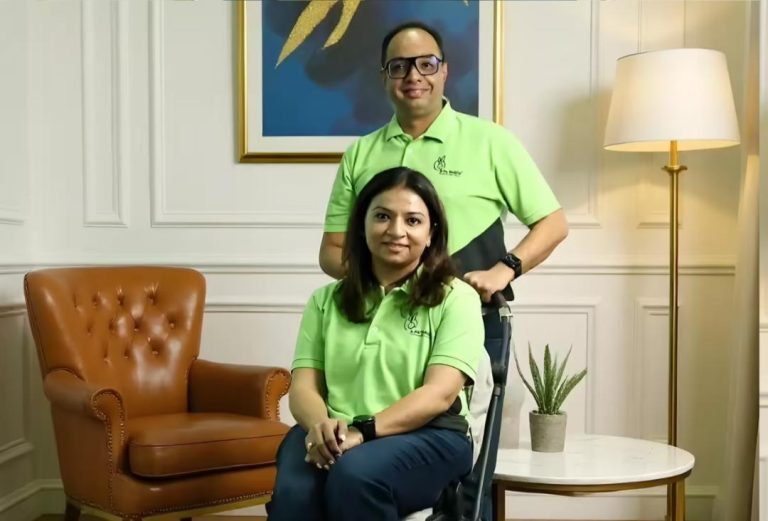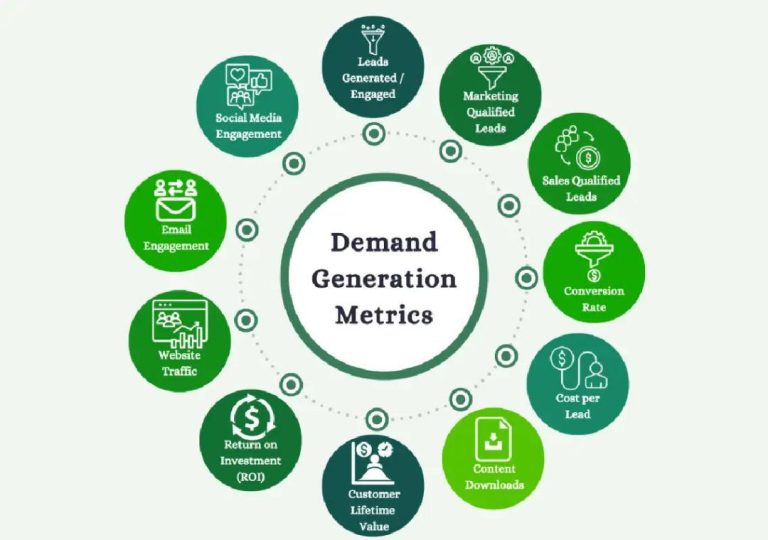
Tech is Outrunning the Human Imagination
In the era of rapid technological advancements, it’s not uncommon to feel like we’re living in a sci-fi movie. From AI agents simulating full conversations to bioengineered materials rewriting nature’s rules, tech is evolving faster than users can grasp. This creates a paradox – cutting-edge solutions struggle for adoption because consumers can’t yet visualize their value. Startups now face a new challenge: not just building the future, but helping the world catch up to it.
One of the most significant challenges in adopting new technologies is the cognitive gap between the innovation itself and the understanding of its benefits. This gap is widening as technological advancements accelerate, making it increasingly difficult for consumers to comprehend the value of new solutions. The consequences of this gap are far-reaching, from slow adoption rates to missed business opportunities.
Take, for example, the rise of AI-powered chatbots. These intelligent agents can simulate full conversations, providing customers with personalized assistance and support. However, the full potential of these chatbots is often missed due to the lack of understanding about their capabilities. Many consumers struggle to comprehend the value of these AI-powered assistants, leading to slow adoption rates and missed opportunities for businesses to leverage their potential.
Another area where this cognitive gap is particularly pronounced is in the field of bioengineered materials. Researchers are now able to engineer materials with unprecedented properties, such as strength, conductivity, and flexibility. However, the full potential of these materials is often limited by the lack of understanding about their applications and benefits.
For instance, bioengineered materials with unique properties can revolutionize industries such as healthcare, energy, and manufacturing. However, the cognitive gap between the technology itself and the understanding of its benefits is significant. Many consumers and businesses struggle to comprehend the value of these materials, leading to slow adoption rates and missed opportunities for innovation.
So, what can startups and businesses do to bridge this cognitive gap and help the world catch up to the rapid pace of technological advancements?
First and foremost, it’s essential to prioritize education and awareness. Startups should focus on creating engaging content, such as blog posts, videos, and social media campaigns, that explain the benefits and applications of their technology. This will help consumers and businesses develop a deeper understanding of the value of new solutions, leading to faster adoption rates.
Secondly, startups should focus on creating user-friendly interfaces and experiences that make it easy for consumers to understand and interact with new technologies. This can be achieved through the development of intuitive user interfaces, clear product descriptions, and comprehensive tutorials.
Thirdly, startups should engage with their target audience and gather feedback on their products and services. This will help them identify areas where consumers are struggling to understand the value of their technology and make adjustments accordingly.
Lastly, startups should collaborate with other businesses and organizations to create a sense of community and shared understanding around new technologies. This can be achieved through the formation of industry associations, networking events, and online forums.
In conclusion, the rapid pace of technological advancements is creating a cognitive gap between the innovation itself and the understanding of its benefits. Startups now face a new challenge: not just building the future, but helping the world catch up to it. By prioritizing education and awareness, creating user-friendly interfaces, gathering feedback, and collaborating with other businesses, startups can bridge this cognitive gap and help the world catch up to the rapid pace of technological advancements.
Source:
https://www.growthjockey.com/blogs/emerging-companies






